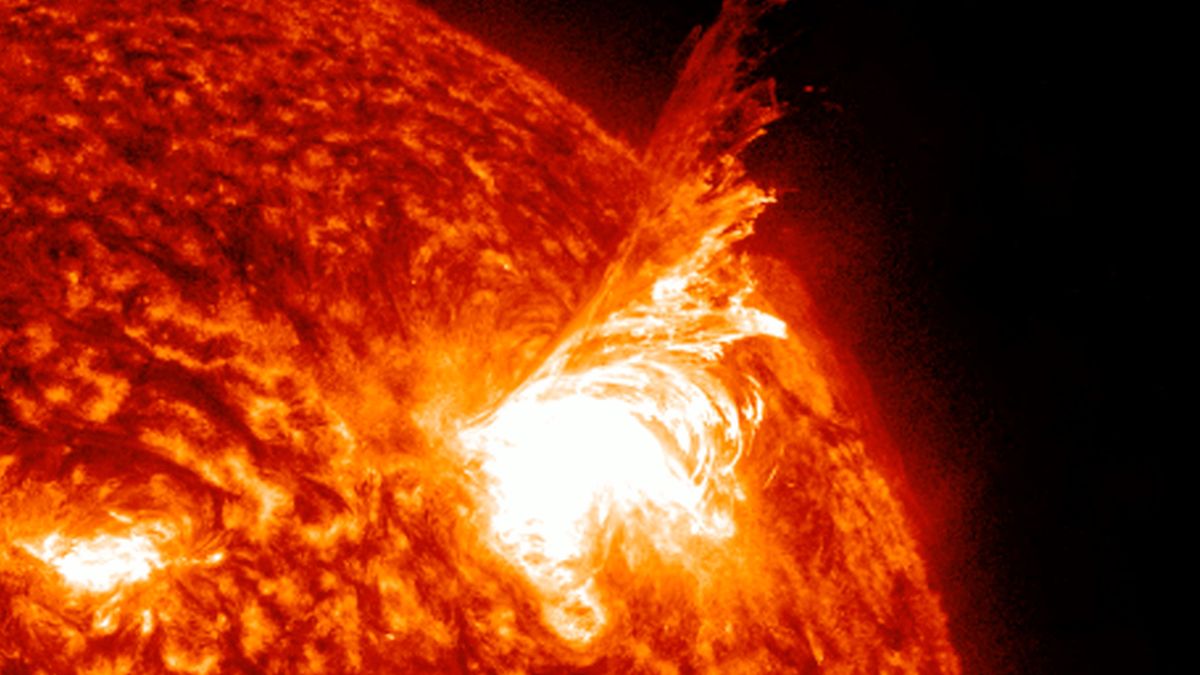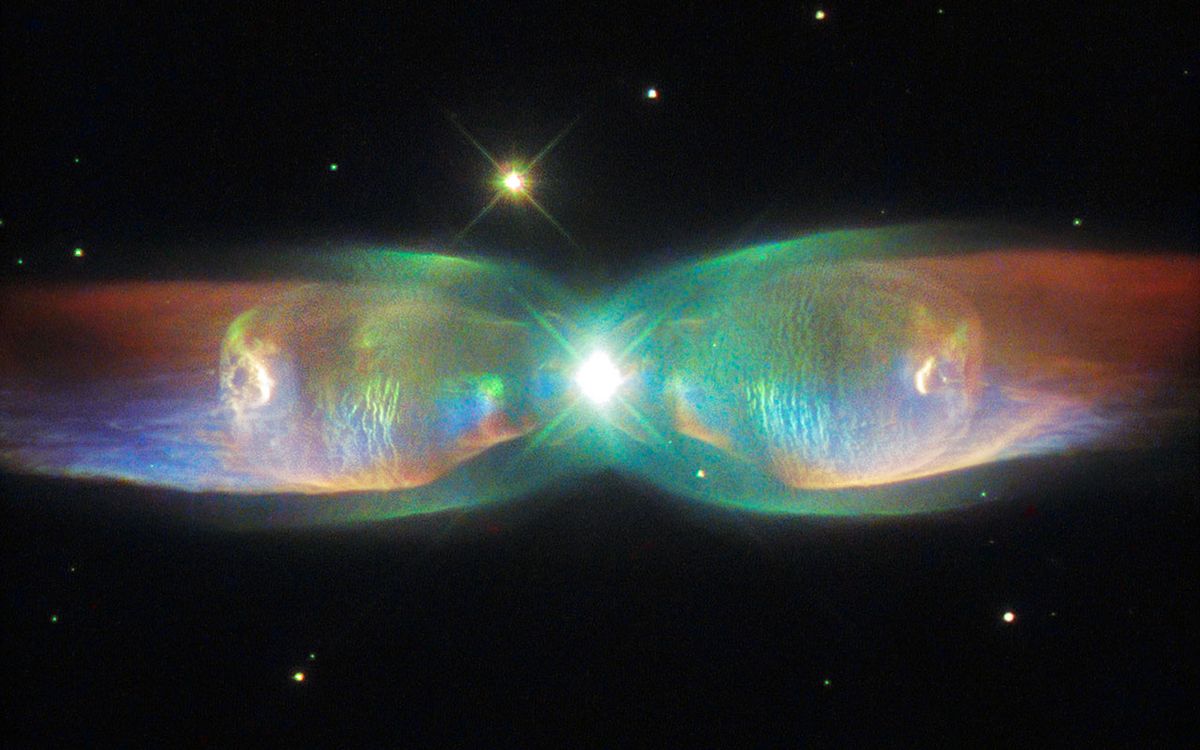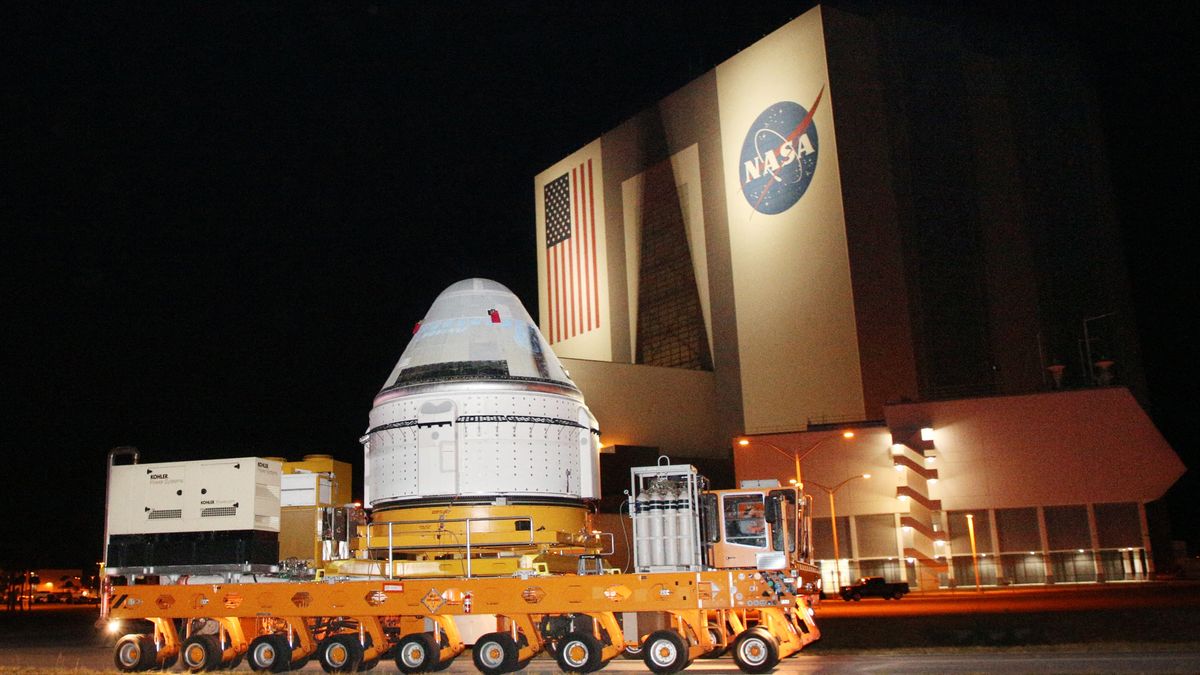Sun’s Dazzling Solar Flare Captured by NASA Observatory
The sun put on a dazzling show on Monday, erupting in a spectacular solar flare that was captured in stunning detail by a NASA solar observatory. However, upon closer inspection, it seems that a significant amount of the solar material in the massive plasma plume did not successfully escape the sun’s gravitational pull.
The event, which occurred at 10:11 a.m. EDT (1411 GMT) on Monday, was described by solar astrophysicist Ryan French as a “failed eruption.” In a tweet, French exclaimed, “A gorgeous #SolarFlare on the Sun today! Just look at how the falling plasma impacts and flows down the magnetic field – physics in action.”
Solar flares are intense bursts of electromagnetic radiation from the sun’s surface. Classified by strength, M-class flares like this one are significantly less powerful than the most intense X-class flares. Fortunately, M-class flares typically have no noticeable consequences on Earth.
The recent M4.8 solar flare, as reported by Spaceweather.com, was not accompanied by the expected eruptive material that could have led to stunning auroras like those seen in May.
Potential Impact of Solar Flares
While powerful solar flares can be visually striking, they also have the potential to trigger coronal mass ejections (CMEs) – expulsions of plasma and magnetic field from the sun. When these CMEs interact with Earth, they can induce geomagnetic storms that produce dynamic aurora displays beyond the polar regions.
However, the lack of eruptive material in this particular solar flare indicates that no significant CME was generated. According to space weather forecaster Sara Housseal, almost all of the plasma associated with the flare fell back into the sun and was reabsorbed, with minimal outward movement.
On the same day, solar physicist Keith Strong noted that only four CMEs were detected by the Solar and Heliospheric Observatory (SOHO), describing them as “very obscure” and barely visible in the data.
Overall, while the failed eruption provided a captivating display of solar activity, it also offered a reminder of the complex and sometimes unpredictable nature of our nearest star.
Image/Photo credit: source url





